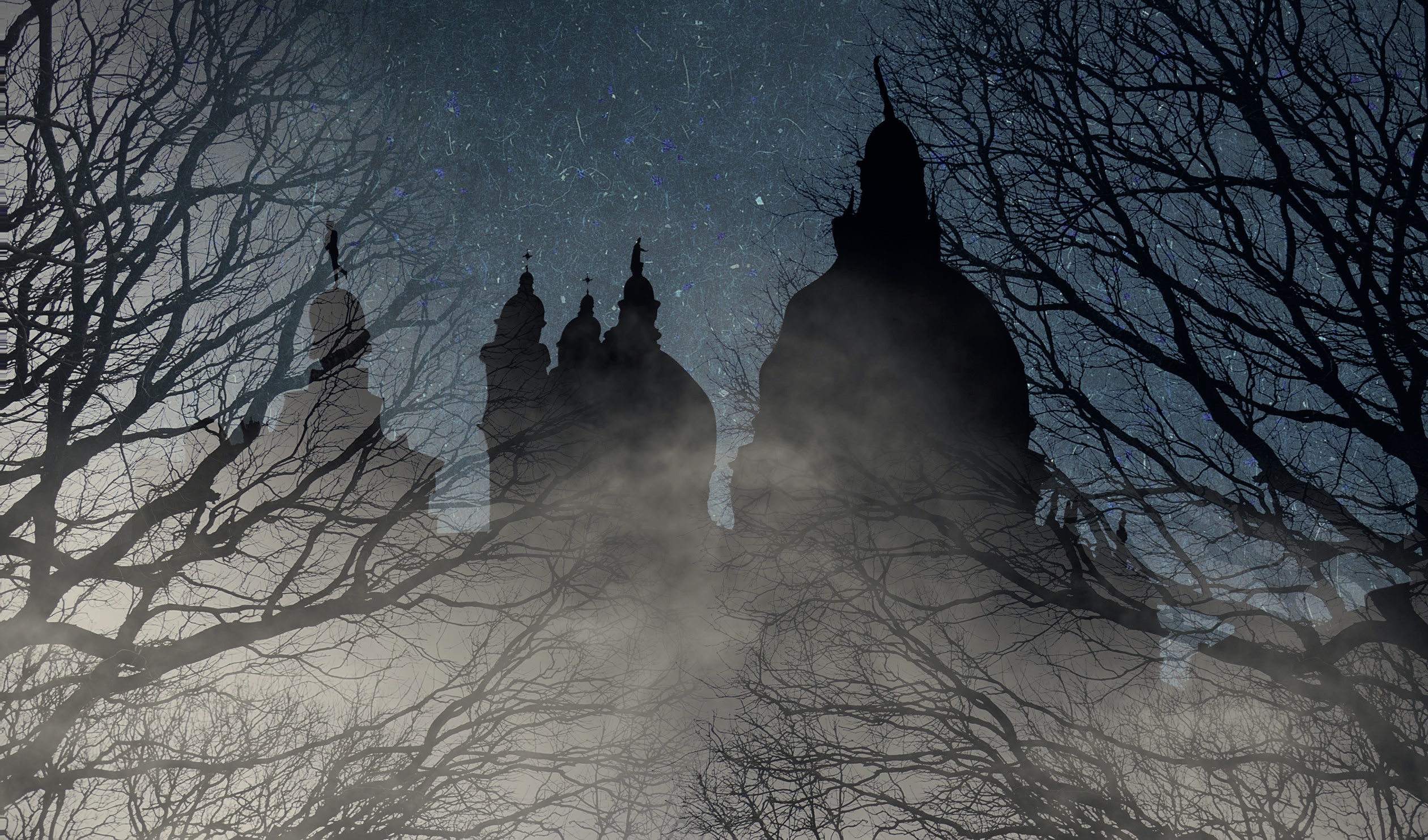
Walpole’s 1764 novella includes disguise, seclusion in a monastery or nunnery, secrets revealed on a deathbed, abduction by pirates, a wronged wife, tyrannical fathers, children early orphaned and long-lost heirs, trapdoors and hidden passageways (which characters insist on entering, despite warnings), robed friars (who ‘glide’, never merely walk) and — among many other familiar tropes — peasants whose conduct betrays their noble origins: ‘a peasant within sight of death is not animated by such sentiments’ cries Manfred (Ch. 2, p. 49).
In 1821 Walter Scott added a brief introduction ascribing The Castle’s origins to a revival of medieval Romance and tales of King Arthur. He also described Walpole’s elaborate attempts to obscure his own authorship. Mysterious ancient documents which pretend to be merely ‘edited’ or ‘translated’ by their actual authors are another familiar feature of Gothic and ghostly narratives.
Your organisation does not have access to this article.
Sign up today to give your students the edge they need to achieve their best grades with subject expertise
Subscribe




